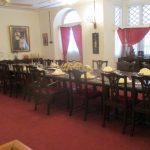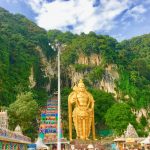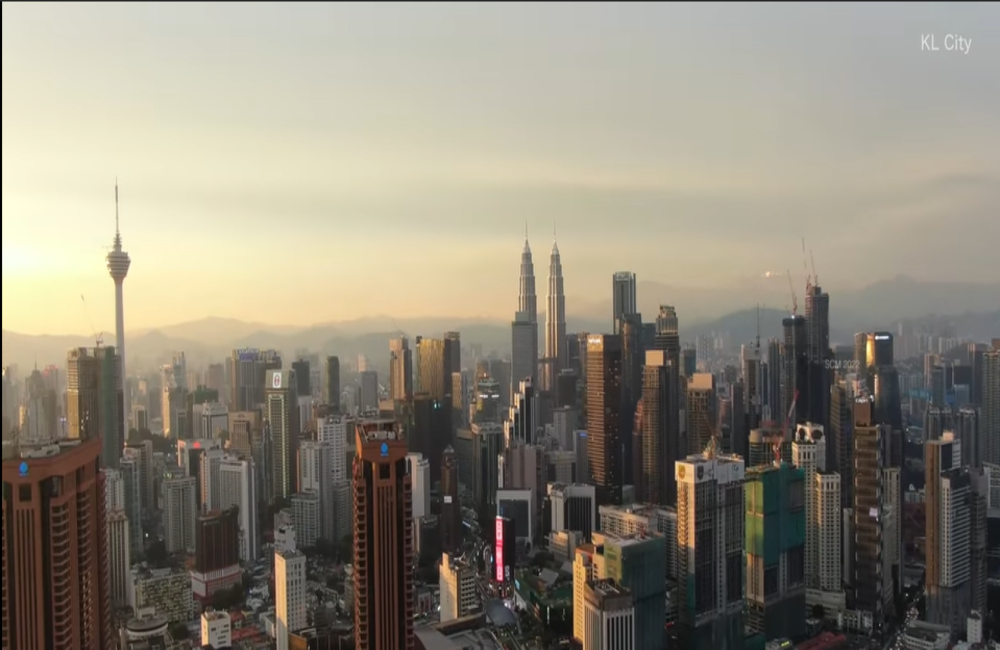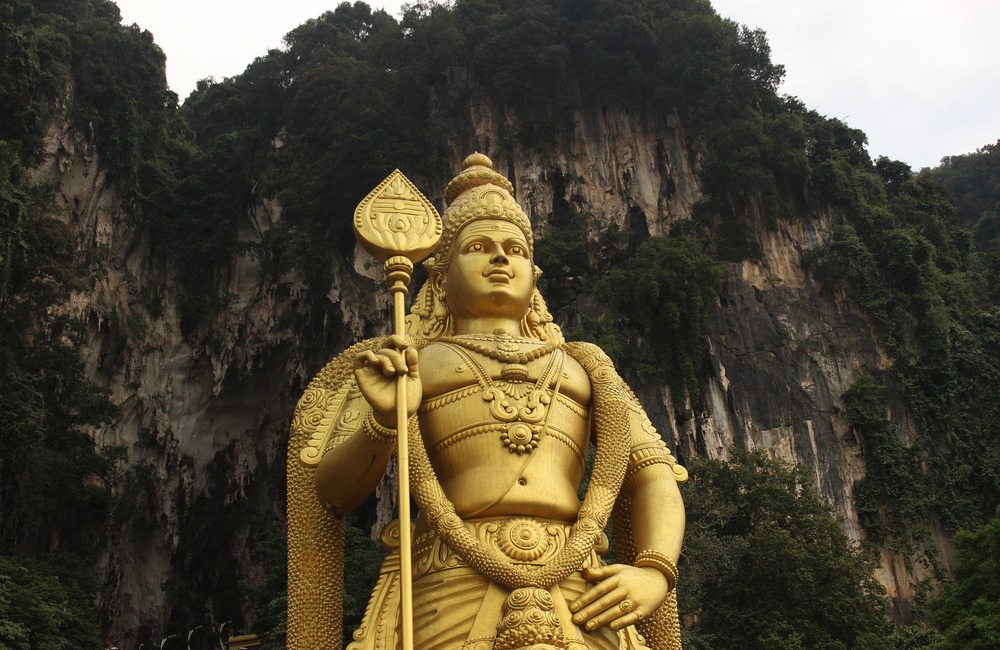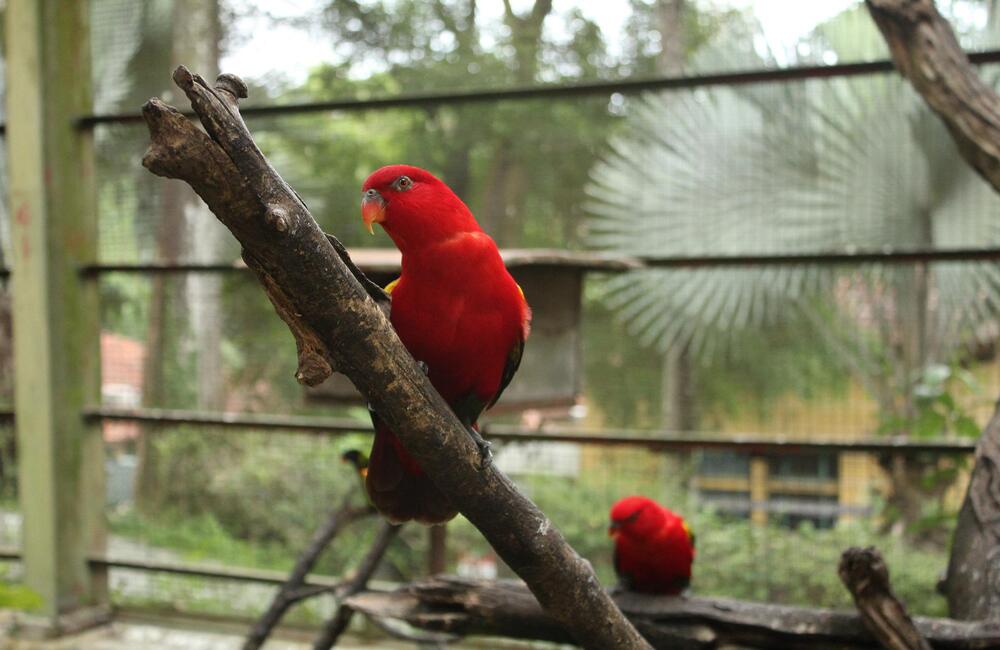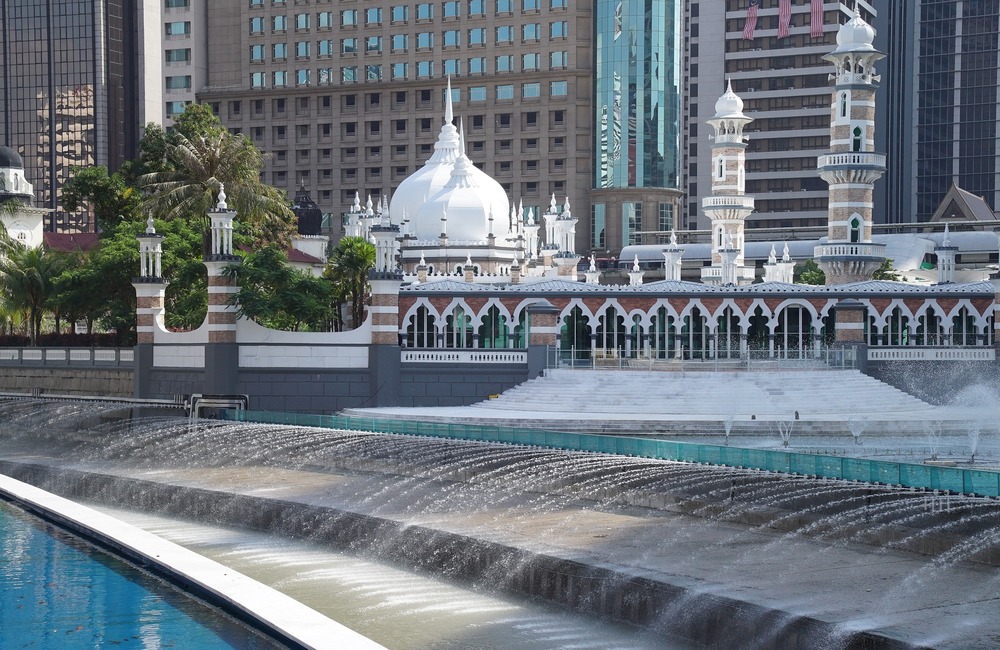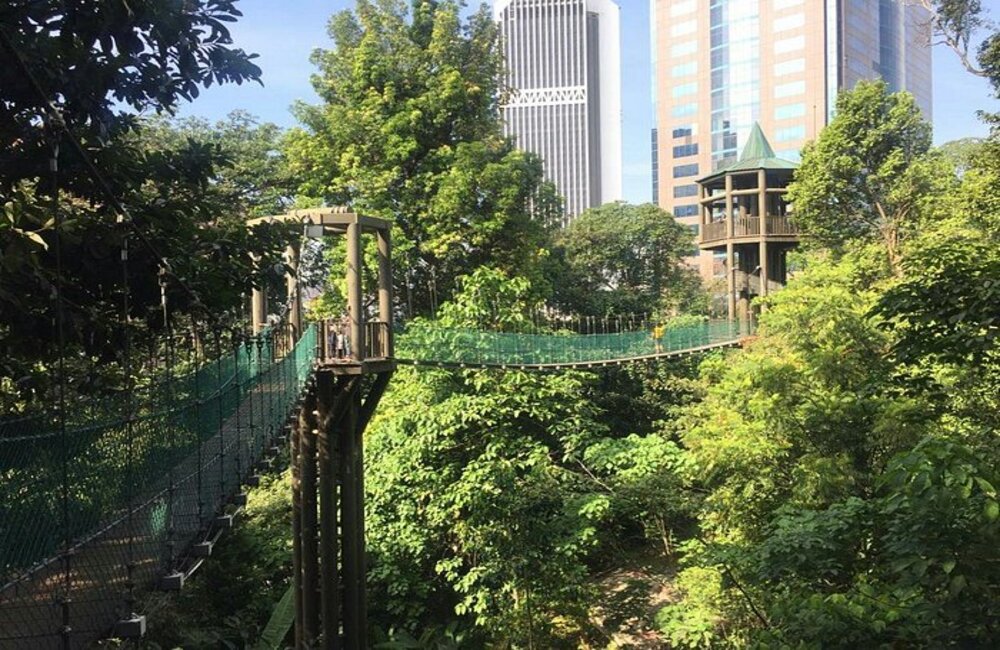Kuala Lumpur, The Capital City of Malaysia
Kuala Lumpur officially the Federal Territory of Kuala Lumpur and colloquially referred to as KL, is a federal territory and the capital city of Malaysia.
Kuala Lumpur, The Capital City of Malaysia
Kuala Lumpur — or the full name of the Federal Territory of Kuala Lumpur, is the capital and largest city in Malaysia. The Federal Territory is inhabited by 1.796 million people according to the 2018 census. Kuala Lumpur belongs to a large metropolitan area that also covers most of the state of Selangor, namely the Klang Valley, an urban cluster with a population of 7.2 million people, and also the fastest growing area in Malaysia in terms of population and economy.
Kuala Lumpur is the seat of the Malaysian Parliament, and was also the location of the executive and judicial branches of the federal government which is now based in Putrajaya. However, there are several branches of the judiciary that remain in Kuala Lumpur. The official residence of the Yang di-Pertuan Agong, the Istana Negara, is also located in Kuala Lumpur. The city is also the cultural and economic center of Malaysia due to its position as the capital. Kuala Lumpur is ranked as an alpha world city, as well as the only global city in Malaysia, according to the Globalization and World Cities Study Group and Network (GaWC).
History
Kuala Lumpur was erected in 1857 at the mouth of the Gombak and Klang gutters. His occupation began when a member of the Selangor government family, Raja Abdullah, opened the Klang Valley for drum ore mining. 87 Chinese explorers had gone to the Klang swash and started probing in the Ampang quarter, which was at that time a jungle area. Although 69 of them failed due to epidemic complaint conditions, thriving drum ore mining wasestablished.This mining attracted the attention of numerous dealers who traded introductory musts to the miners to gain a portion of the drum ore. Dealers erected shops at the mouth of the Klang and Gombak gutters. Because of this, a megacity was born. The history of Kuala Lumpur is also nearly related to Haji Abdullah Hukum, who was one of the commanders of the Selangor state government.
As the city grew, the British, who enthralled Malaya at the time, felt they should appoint a Chinese Captain (or Captain to the Chinese) to administer the agreement and insure there were laws and regulations. The first Chinese captain was the Siew Shark. The third Chinese captain was Yap Ah Loy, who helped enlarge Kuala Lumpur from a quiet small mining city to a major Selangor megacity. Originally, Kuala Lumpur was the center of the Selangor Civil War, when there were two fights between the tycoons of Selangor over the gains of drum mining, and a bloody vengeance between Kapitan Yap and Chong Chong, who wanted to come Kapitan. Kapitan Yap and his backbone, Tengku Kudin, succeeded in the history with the leadership of Kapitan Yap, Kuala Lumpur came the largest megacity in Selangor. He erected Kuala Lumpur, which was destroyed by the Civil War and filled it with Chinese miners from away in Selangor. He also encouraged Malay growers to stay near Kuala Lumpur to grease the force of food coffers.
Natural surroundings
Despite being a bustling metropolis, Kuala Lumpur is enriched by pockets of greenery and natural landscapes that provide a refreshing contrast to its urban skyline. The city is situated at the confluence of the Klang and Gombak Rivers, surrounded by gentle hills and tropical vegetation that soften its modern edges. Several parks and forest reserves, such as the Perdana Botanical Gardens, Bukit Nanas Forest Reserve, and Taman Tugu, offer serene escapes right within the city.
A short drive from the city centre brings visitors to the lush forests and waterfalls of the Klang Valley region, including Kanching Rainforest Waterfall, Bukit Tabur, and the FRIM (Forest Research Institute Malaysia) canopy walk, which showcase the biodiversity of Malaysia’s tropical ecosystem. The climate is warm and humid throughout the year, supporting a variety of flora and fauna that thrive in both managed gardens and natural reserves. These green spaces not only provide recreation but also play a vital role in maintaining ecological balance amid Kuala Lumpur’s rapid urban growth.
Culture
Kuala Lumpur is Malaysia’s cultural melting pot, where traditions from Malay, Chinese, Indian, and indigenous communities converge in a vibrant urban tapestry. The city’s cultural diversity is evident in its festivals, cuisine, architecture, and daily life, making it a dynamic destination for travelers seeking both modernity and tradition.
Religious and cultural landmarks abound throughout the city. Masjid Jamek and the National Mosque (Masjid Negara) reflect the city’s Islamic heritage, while Batu Caves, with its towering golden statue of Lord Murugan, serves as an important Hindu pilgrimage site. The Thean Hou Temple and Sri Mahamariamman Temple showcase the influence of Chinese and Tamil traditions, with intricate architecture, colorful decorations, and vibrant ceremonies. Meanwhile, traditional Malay cultural expressions can be experienced through wayang kulit (shadow puppetry), gamelan music, and performances at cultural centers such as Istana Budaya.
Festivals are celebrated with enthusiasm and grandeur, reflecting the city’s multicultural identity. Hari Raya Aidilfitri, Chinese New Year, Deepavali, and the Mid-Autumn Festival bring the streets alive with decorations, processions, and traditional performances. The city is also a hub for arts and contemporary culture, with galleries, theaters, and street art capturing the creativity of Malaysia’s modern urban population.
Kuala Lumpur’s culture extends to its food, markets, and neighborhoods, each telling a story of heritage and fusion. Streets like Jalan Alor and districts such as Chinatown and Little India offer a sensory experience of flavors, colors, and aromas that reflect centuries of migration and cultural exchange. From traditional crafts and performing arts to cosmopolitan lifestyle and cuisine, Kuala Lumpur exemplifies the harmonious coexistence of diverse cultures, making it a city where heritage and modernity thrive side by side.
Tourism
The tourism sector is also important in Kuala Lumpur. As a result, multiple hotel chains in the capital have been developed. Kuala Lumpur is also an international shopping destination with a variety of shopping malls marketing well-known local and international brands.
Among the major tourist destinations in Kuala Lumpur include Dataran Merdeka, Parliament of Malaysia, Istana Budaya, Istana Negara, Kuala Lumpur Tower, National Museum, Putra World Trade Center, Tugu Negara, and places of worship such as Masjid Jamek, Masjid Negara and Masjid Wilayah Persekutuan .In addition to Aquaria KLCC, Batu Caves, Makam Pahlawan, National Science Center, Jalan Petaling, Royal Selangor Visitor Center, National Zoo, as well as events such as Malay cultural center, Chinese cultural festival at Thean Hou Temple and Thaipusam parade at the Temple Sri Maha Mariamman. The Golden Triangle, the capital’s commercial center, encompasses the Petronas Twin Towers and is powered by nightclubs, liquor stores and entertainment centers, such as Beach Club, Espanda, Hakka Republic Wine Bar & Restaurant, Hard Rock Cafe, Luna Bar, Nuovo, Rum Jungle, Thai Club, Zouk, and various other attractions located along Jalan P. Ramlee, Jalan Sultan Ismail and Jalan Ampang.
Transportation
People in Malaysia use their own vehicles as the main transportation in Kuala Lumpur. As the capital of Malaysia, Kuala Lumpur uses roads throughout Peninsular Malaysia. Kuala Lumpur is also equipped with a toll highway network, which allows users to pay tolls in cash or through prepaid electronic payment systems such as SmartTAG and Touch ‘n Go.
For air transport, Kuala Lumpur is connected through two airports, namely Kuala Lumpur International Airport (KLIA) which is the main airport and Subang Airport which was the main airport of Kuala Lumpur before KLIA opened.
Public transport in Kuala Lumpur consists of bus, taxi and train services. The speed transfer system in Kuala Lumpur consists of the Sungai Buloh-Kajang Line, Ampang/Sri Petaling Line, Kelana Jaya Line, KL Monorail and KTM Komuter, with KL Sentral being the main rail transport hub. Apart from being a high -speed transportation hub, KL Sentral is also a major hub for the KTM Intercity -operated rail transportation system that serves from Singapore in the south, to Hat Yai, Thailand, in the north.
The Capital City of Malaysia
Kuala Lumpur at a glance
![]()
- Country: Malaysia
- Area: 243 km2
- Population: 1,750,000
Highlights
- Kuala Lumpur City Centre(KLCC): View the entire city of Kuala Lumpur at the Petronas Twin Towers
- Dataran Merdeka: The large field at Merdeka Square is great for relaxing or having a picnic and is relatively close to Central Market, a vibrant shopping hub of art, textiles and food.
- Batu Caves: These impressive limestone caves are also used for Hindu festivals and pilgrimages.
- KL Eco Forest Park: Watch unique flora and fauna at Malaysia’s tropical rainforest.
- KL Bird Park:Experience of watching colourful and melodic birds perching and winging about freely while relaxing in a natural and beautifully landscaped surrounding.
- Masjid Jamek: visit place the ancient architecture with a combination design of different cultures.
Dos and Don’ts
- Be Respectful of Local Customs and Religions: Respect religious practices, such as prayer times and fasting during Ramadan.
- Bargain Politely at Markets: Haggling is acceptable in open-air markets like Petaling Street (Chinatown) or Central Market, but keep it friendly and respectful.
- Don’t Litter or Smoke in Restricted Areas: Kuala Lumpur has strict anti-littering laws, and smoking is banned in restaurants, indoor public areas, and even some outdoor spaces. Look for designated smoking zones.


